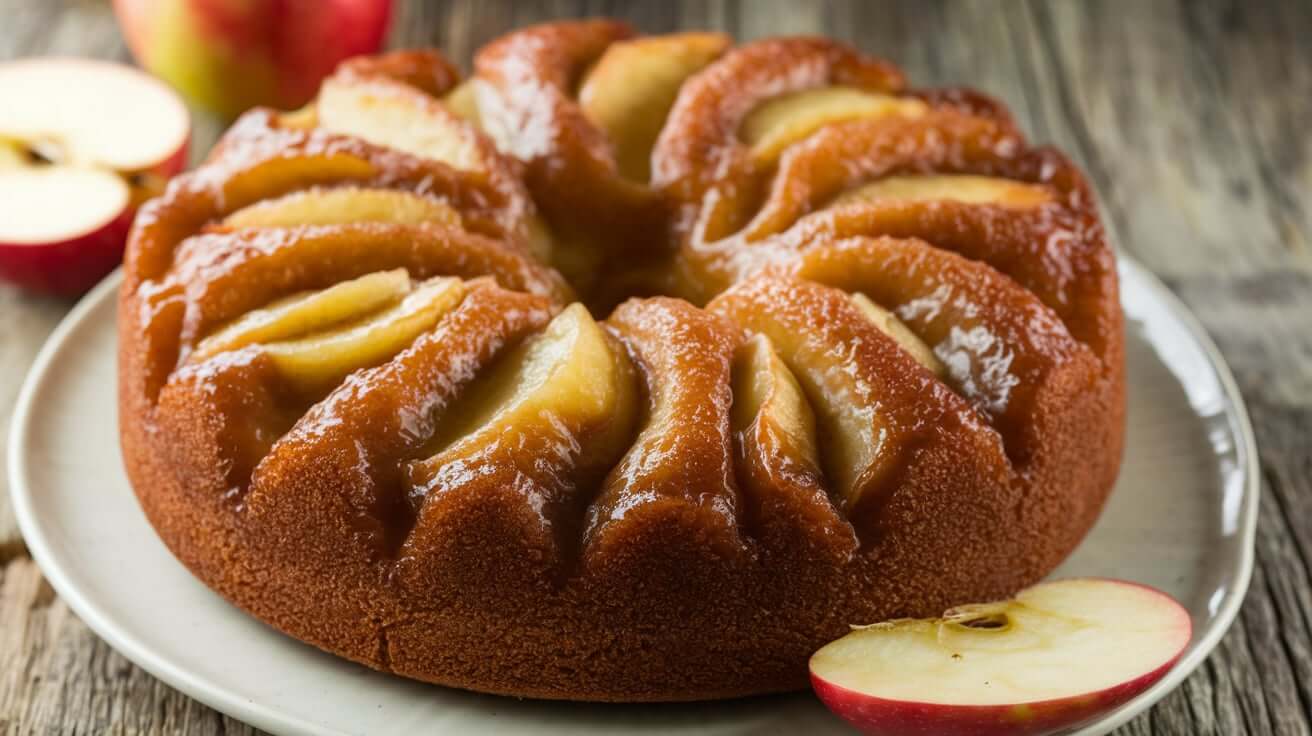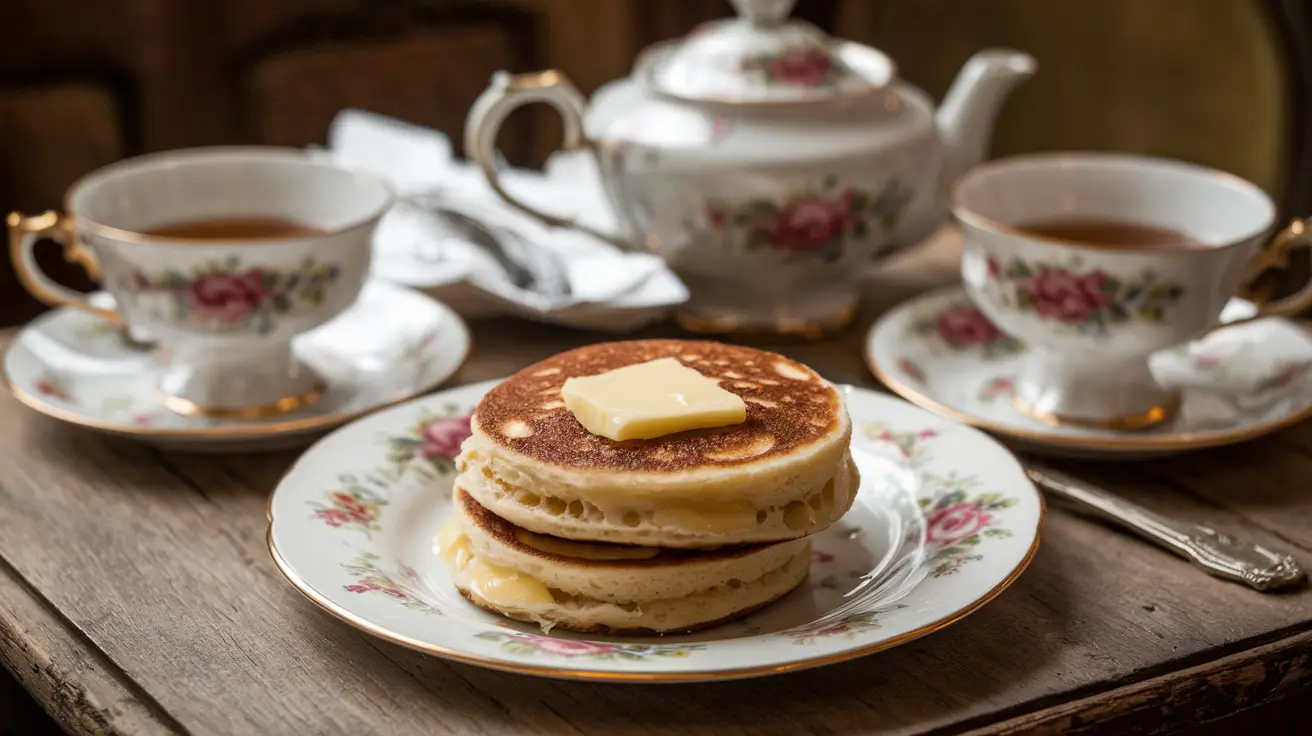The Ultimate Guide to Cinnamon Rolls: From History to Homemade Delights

Cinnamon rolls, those irresistible swirls of soft dough and aromatic spice, have captured the hearts and taste buds of people around the world. In this comprehensive guide, we’ll explore everything you need to know about these delectable treats, from their rich history to expert tips for baking the perfect batch at home. Whether you’re a seasoned baker or a curious food enthusiast, this article will satisfy your craving for knowledge about cinnamon rolls.
Table of Contents
- The Sweet History of Cinnamon Rolls
- Cinnamon Roll Varieties Around the World
- The Anatomy of a Perfect Cinnamon Roll
- Essential Ingredients for Cinnamon Rolls
- Step-by-Step Guide to Making Cinnamon Rolls at Home
- Tips and Tricks for Cinnamon Roll Success
- Cinnamon Roll Variations to Try
- Storing and Reheating Cinnamon Rolls
- Health Considerations and Nutritional Information
- Cinnamon Rolls in Popular Culture
- Frequently Asked Questions About Cinnamon Rolls
The Sweet History of Cinnamon Rolls
Cinnamon rolls, also known as cinnamon buns, cinnamon swirls, or cinnamon snails, have a history as rich and complex as their flavor. The concept of rolling spices into dough dates back centuries, with roots in ancient civilizations that prized cinnamon as a valuable spice.
Ancient Origins of Cinnamon
Cinnamon, the key ingredient in these beloved pastries, has been used for thousands of years. Ancient Egyptians employed it in their embalming processes, while Romans used it as a perfume. The spice was so highly valued that it was often worth more than gold.
The Birth of the Modern Cinnamon Roll
The cinnamon roll as we know it today is believed to have originated in Sweden. The Swedish “kanelbulle” (cinnamon bun) was first recorded in the 1920s, but its popularity skyrocketed in the 1950s. October 4th is even celebrated as “Kanelbullens Dag” (Cinnamon Roll Day) in Sweden.
Cinnamon Rolls in America
In the United States, cinnamon rolls gained popularity in the 20th century. The commercialization of cinnamon rolls began in the 1950s, with companies like Pillsbury introducing canned cinnamon rolls that could be easily baked at home. This convenience factor contributed significantly to their widespread popularity.
Cinnamon Roll Varieties Around the World
While the classic cinnamon roll is beloved worldwide, many cultures have put their own spin on this sweet treat. Let’s explore some international variations:
Swedish Kanelbullar
The Swedish version is typically less sweet than its American counterpart. It’s often flavored with cardamom in addition to cinnamon and topped with pearl sugar instead of icing.
Finnish Korvapuusti
Translating to “slapped ears” due to their shape, these Finnish pastries are similar to Swedish kanelbullar but often include a touch of aromatic cardamom in the dough.
German Schnecken
These “snail” pastries are made with a rich, buttery dough and often include nuts in the filling.
British Chelsea Buns
While not strictly cinnamon rolls, these sweet buns share similarities. They’re filled with currants, brown sugar, and sometimes cinnamon.
American Sticky Buns
A close cousin to cinnamon rolls, sticky buns are baked in a pan with a gooey mixture of butter and brown sugar, often including pecans.
The Anatomy of a Perfect Cinnamon Roll
Understanding the components of a cinnamon roll is crucial for both appreciation and creation. Let’s break down the anatomy of this delicious pastry:
The Dough
The foundation of any great cinnamon roll is its dough. Ideally, it should be soft, tender, and slightly chewy. The dough is typically enriched with ingredients like milk, eggs, and butter, which contribute to its luxurious texture.
The Filling
The star of the show is the cinnamon-sugar filling. A mixture of ground cinnamon, sugar (usually brown sugar for its molasses notes), and butter is spread over the rolled-out dough. The ratio of cinnamon to sugar can vary, but it should provide a warm, spicy flavor that’s not overpowering.
The Swirl
The distinctive swirl is created when the dough is rolled up with the filling inside. A well-executed swirl ensures an even distribution of the cinnamon-sugar mixture throughout the roll.
The Glaze or Frosting
Many cinnamon rolls are topped with a sweet glaze or cream cheese frosting. This adds an extra layer of indulgence and helps balance the spiciness of the cinnamon.
Essential Ingredients for Cinnamon Rolls
Creating the perfect cinnamon roll requires quality ingredients. Here’s a breakdown of what you’ll need:
For the Dough
- Flour: All-purpose flour is most commonly used, providing structure to the dough.
- Yeast: Active dry yeast or instant yeast helps the dough rise and creates a light texture.
- Milk: Adds richness and helps activate the yeast.
- Eggs: Provide structure, richness, and help with the dough’s texture.
- Butter: Contributes to flavor and tenderness.
- Sugar: Feeds the yeast and adds sweetness to the dough.
- Salt: Enhances flavor and controls yeast growth.
For the Filling
- Cinnamon: The star ingredient, providing warmth and spice.
- Brown Sugar: Offers a deep, molasses-like sweetness.
- Butter: Helps the filling adhere to the dough and adds richness.
For the Glaze or Frosting
- Powdered Sugar: The base for most glazes.
- Milk or Cream: Thins out the glaze to the right consistency.
- Cream Cheese: Often used in frostings for added tanginess.
- Vanilla Extract: Enhances the overall flavor.
Step-by-Step Guide to Making Cinnamon Rolls at Home
Now that we understand the components, let’s walk through the process of making cinnamon rolls from scratch:
1. Prepare the Dough
- In a large bowl, combine warm milk, sugar, and yeast. Let it sit until foamy.
- Add melted butter, eggs, and salt to the yeast mixture.
- Gradually mix in flour until a soft dough forms.
- Knead the dough until smooth and elastic.
- Place in a greased bowl, cover, and let rise until doubled in size (about 1-2 hours).
2. Make the Filling
- In a small bowl, mix together brown sugar and cinnamon.
- Melt butter in a separate bowl.
3. Assemble the Rolls
- Roll out the dough into a large rectangle.
- Brush the dough with melted butter.
- Sprinkle the cinnamon-sugar mixture evenly over the butter.
- Tightly roll up the dough from the long side.
- Cut the roll into even slices (about 12-15).
4. Second Rise and Baking
- Place the rolls in a greased baking dish.
- Cover and let rise again for about 30 minutes.
- Preheat the oven to 350°F (175°C).
- Bake for 20-25 minutes or until golden brown.
5. Glaze and Serve
- While the rolls are baking, prepare your glaze or frosting.
- Once the rolls are out of the oven and slightly cooled, spread the glaze over them.
- Serve warm and enjoy!
Tips and Tricks for Cinnamon Roll Success
Mastering the art of cinnamon roll baking takes practice, but these tips will help you achieve great results:
Dough Tips
- Use Room Temperature Ingredients: This helps with even mixing and proper dough development.
- Don’t Overwork the Dough: Kneading too much can result in tough rolls.
- Let the Dough Rise in a Warm Place: A consistent, warm temperature helps the yeast work efficiently.
Filling Tips
- Soften, Don’t Melt the Butter: Softened butter spreads more easily without leaking out during baking.
- Use High-Quality Cinnamon: The flavor of your cinnamon rolls largely depends on the quality of cinnamon used.
Baking Tips
- Use a Glass Baking Dish: This allows you to see when the bottoms are perfectly golden.
- Don’t Overbake: Slightly underbaking ensures a soft, gooey center.
Serving Tips
- Serve Warm: Cinnamon rolls are at their best when freshly baked and still warm.
- Reheat Leftovers: A quick zap in the microwave can restore that fresh-baked taste and texture.
Cinnamon Roll Variations to Try
While classic cinnamon rolls are hard to beat, experimenting with variations can lead to delicious discoveries:
Fruit-Filled Rolls
- Apple Cinnamon Rolls: Add diced apples to the filling for a fruity twist.
- Blueberry Cinnamon Rolls: Incorporate fresh or frozen blueberries into the filling.
Nutty Variations
- Pecan Cinnamon Rolls: Sprinkle chopped pecans over the filling before rolling.
- Walnut Maple Cinnamon Rolls: Add chopped walnuts to the filling and use maple syrup in the glaze.
Chocolate Lover’s Rolls
- Chocolate Chip Cinnamon Rolls: Sprinkle chocolate chips over the cinnamon-sugar filling.
- Nutella Swirl Rolls: Replace the traditional filling with a layer of Nutella.
Savory Twists
- Cheese and Herb Rolls: Replace the sweet filling with a mixture of cheese, herbs, and garlic for a savory version.
- Pumpkin Spice Rolls: Incorporate pumpkin puree into the dough and use pumpkin pie spice in the filling.
Storing and Reheating Cinnamon Rolls
Proper storage is key to enjoying cinnamon rolls beyond the day they’re baked:
Short-Term Storage
- Store at room temperature in an airtight container for 1-2 days.
- For slightly longer freshness, refrigerate for up to a week.
Long-Term Storage
- Freeze unfrosted rolls for up to 2 months.
- Wrap individually in plastic wrap and store in a freezer bag.
Reheating Methods
- Microwave: Heat individual rolls for 15-30 seconds.
- Oven: Warm rolls at 350°F (175°C) for about 10 minutes.
- Air Fryer: Reheat at 350°F for 3-4 minutes for a slightly crispy exterior.
Health Considerations and Nutritional Information
While cinnamon rolls are undoubtedly a treat, it’s important to be aware of their nutritional content:
Calorie Content
A typical cinnamon roll can contain anywhere from 300 to 500 calories, depending on size and ingredients.
Nutritional Breakdown
- Carbohydrates: The main component, primarily from flour and sugar.
- Fat: Comes from butter in the dough, filling, and frosting.
- Protein: Present in small amounts, mainly from the flour and milk.
Health Benefits of Cinnamon
While cinnamon rolls are high in calories and sugar, cinnamon itself has potential health benefits:
- Antioxidant Properties: Cinnamon is rich in antioxidants.
- Anti-Inflammatory Effects: Some studies suggest cinnamon may help reduce inflammation.
- Blood Sugar Regulation: Cinnamon may help improve insulin sensitivity.
Healthier Alternatives
For those looking to indulge with less guilt, consider these modifications:
- Use whole wheat flour for added fiber.
- Reduce sugar in the filling and frosting.
- Try alternative sweeteners like maple syrup or coconut sugar.
- Incorporate nuts or fruits for added nutrients.
Cinnamon Rolls in Popular Culture
Cinnamon rolls have left their mark on popular culture, appearing in various forms of media and becoming a beloved symbol of comfort and indulgence:
In Literature and Film
- Cinnamon rolls often appear as a symbol of home and comfort in novels and movies.
- They’re frequently featured in scenes depicting cozy breakfast settings or holiday gatherings.
Social Media Trends
- The term “cinnamon roll” has taken on a metaphorical meaning in internet slang, referring to a character who is perceived as sweet, pure, and must be protected.
- Food bloggers and influencers frequently showcase elaborate cinnamon roll creations, driving viral trends.
Cultural Significance
- In Sweden, the cinnamon roll (kanelbulle) is so beloved that it has its own national day of celebration on October 4th.
- In the United States, cinnamon rolls are often associated with mall culture due to the popularity of chains like Cinnabon.
Frequently Asked Questions About Cinnamon Rolls
To wrap up our comprehensive guide, let’s address some common questions about cinnamon rolls:
Q: Can I make cinnamon rolls without yeast?
A: Yes, you can make “quick” cinnamon rolls using baking powder or baking soda instead of yeast. However, the texture will be different from traditional yeast-based rolls.
Q: Why did my cinnamon rolls turn out dry?
A: Dry cinnamon rolls can result from overbaking, using too much flour, or not enough fat in the dough. Make sure to measure ingredients accurately and avoid overbaking.
Q: Can I prepare cinnamon rolls the night before and bake them in the morning?
A: Absolutely! You can prepare the rolls up to the point of the second rise, then refrigerate overnight. In the morning, let them come to room temperature for about 30 minutes before baking.
Q: What’s the best type of cinnamon to use for cinnamon rolls?
A: Ceylon cinnamon is often considered the “true” cinnamon and has a more delicate flavor. However, Cassia cinnamon, which is more common and less expensive, works well in cinnamon rolls and provides a stronger flavor.
Q: How can I get my cinnamon rolls to be extra gooey?
A: For extra gooey rolls, try adding a bit of heavy cream or milk over the rolls just before baking. This creates a caramel-like sauce at the bottom of the pan.
Q: Are there any vegan alternatives for cinnamon rolls?
A: Yes, you can make vegan cinnamon rolls by substituting dairy milk with plant-based milk, using vegan butter, and replacing eggs with applesauce or a commercial egg replacer.
In conclusion, cinnamon rolls are more than just a sweet treat; they’re a culinary journey through history, culture, and the art of baking. Whether you’re savoring a warm roll from your favorite bakery or embarking on the adventure of making them at home, cinnamon rolls offer a comforting and delicious experience that has stood the test of time. With this comprehensive guide, you’re now equipped to appreciate




